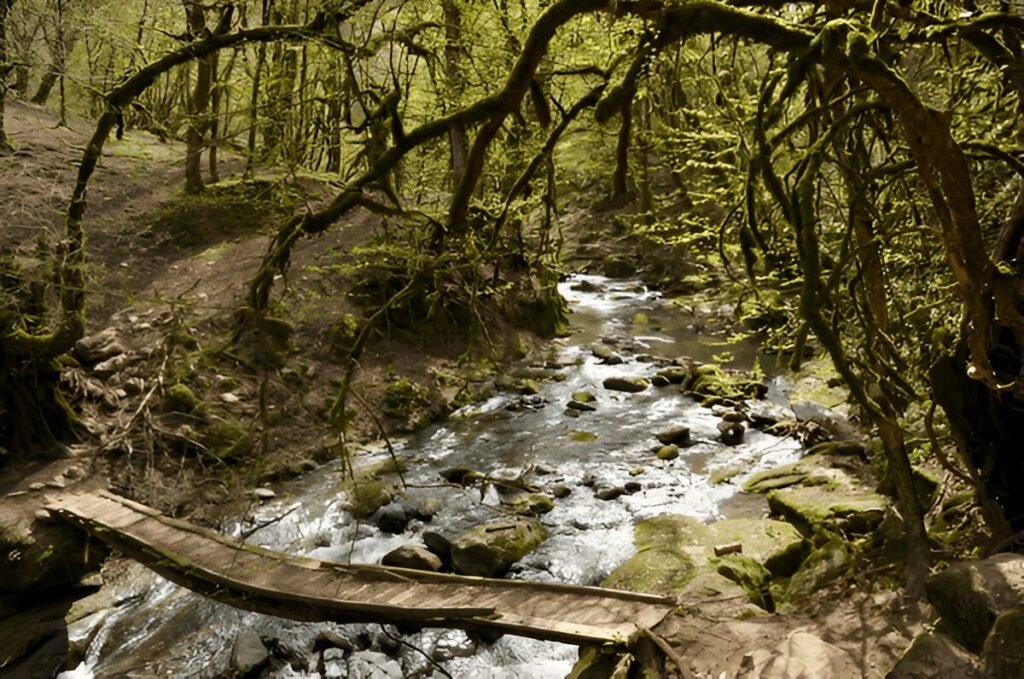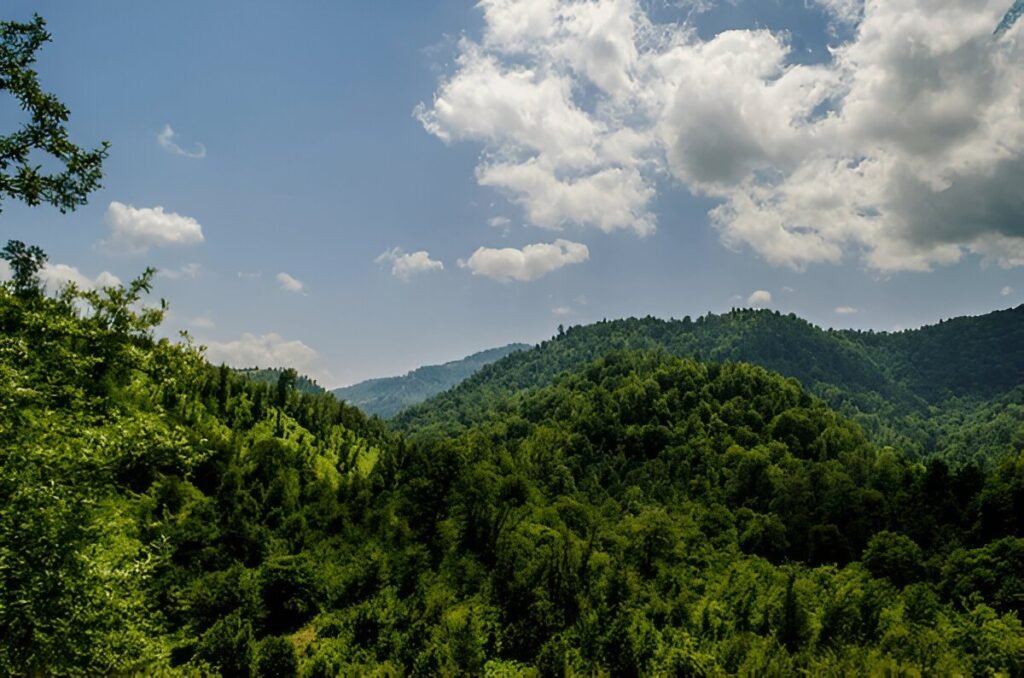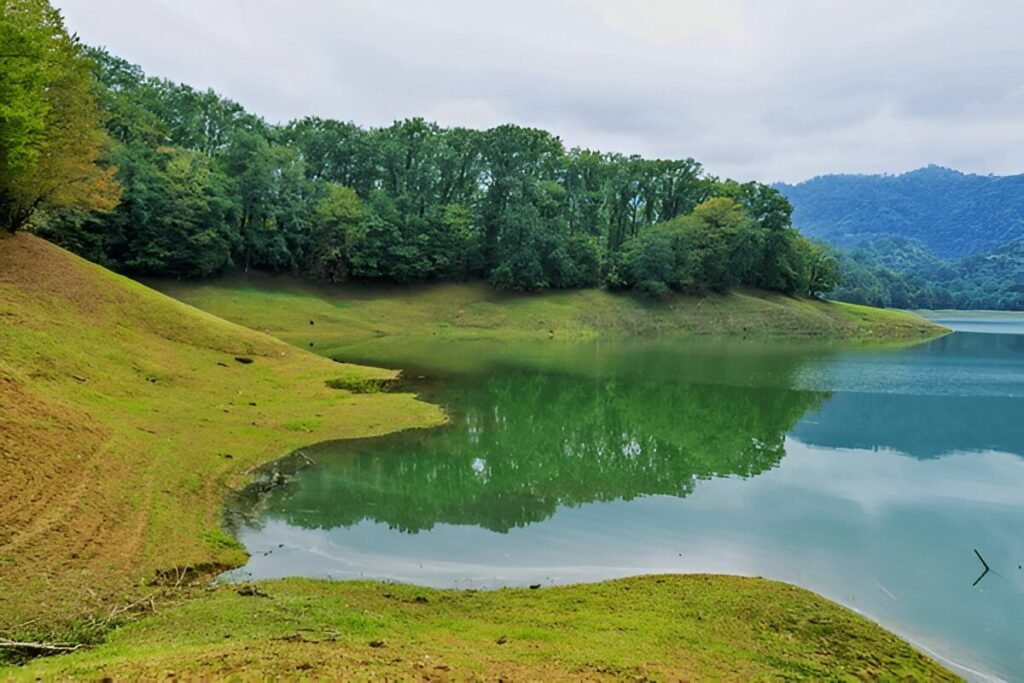Introduction
Azerbaijan, often called the “Land of Fire,” is not only rich in culture and history but also in biodiversity. The country’s unique location at the crossroads of Europe and Asia has blessed it with diverse ecosystems, ranging from coastal wetlands to mountainous terrains. This natural diversity is home to an array of wildlife, including rare and endangered species, many of which are protected within Azerbaijan’s national parks and reserves.
Whether you’re a nature enthusiast, a birdwatcher, or a wildlife photographer, Azerbaijan’s rich natural heritage offers endless opportunities for exploration.
The Natural Diversity of Azerbaijan
Geographic and Climatic Variety
Azerbaijan boasts nine out of the eleven climate zones found globally, contributing to its incredible ecological diversity. From the subtropical forests of the Lankaran region to the alpine meadows of the Greater Caucasus, the country’s varied landscapes support an impressive range of flora and fauna.
Rich Biodiversity
The country is home to over 4,500 species of plants and 12,000 species of animals, including mammals, birds, reptiles, and fish. Several of these species are endemic to the region, making Azerbaijan a vital area for conservation efforts.
National Parks: Guardians of Wildlife

To preserve its natural treasures, Azerbaijan has established several national parks and nature reserves. These protected areas play a crucial role in safeguarding the country’s ecosystems and promoting sustainable tourism.
1. Shirvan National Park
Located in the southeast of Azerbaijan, Shirvan National Park is a haven for wildlife enthusiasts.
- Key Species: The park is home to the goitered gazelle, a species once on the brink of extinction. Other animals include foxes, wolves, and numerous bird species.
- Landscape: Dominated by semi-desert terrain and saline lakes, the park provides an ideal environment for gazelles and migratory birds.
- Activities: Visitors can enjoy guided safaris, birdwatching, and photography tours.
2. Hirkan National Park
Situated in the Lankaran region, Hirkan National Park is a UNESCO World Heritage Site and a biodiversity hotspot.
- Key Species: The park is famous for its ancient Hyrcanian forests, home to the Persian leopard, brown bears, and lynxes.
- Flora: The forests boast a rich variety of trees, including the endemic chestnut-leaved oak and Hirkanian boxwood.
- Activities: Guided nature walks and eco-tours are popular here.
3. Zagatala State Reserve
Nestled in the northwestern part of Azerbaijan, Zagatala Reserve offers stunning mountain vistas and diverse wildlife.
- Key Species: Wild boars, deer, and chamois roam these forests, along with a wide range of bird species.
- Landscape: The reserve features dense forests, alpine meadows, and cascading rivers.
- Activities: Trekking and wildlife photography are highlights for visitors.
4. Ag-Gel National Park
Known as the “bird paradise” of Azerbaijan, Ag-Gel National Park is a wetland ecosystem of international importance.
- Key Species: The park attracts over 140 species of birds, including flamingos, white pelicans, and herons.
- Significance: The park is a key stopover for migratory birds along the African-Eurasian flyway.
- Activities: Birdwatching and boating are popular activities in this tranquil sanctuary.
5. Goygol National Park
Famous for its stunning mountain lakes, Goygol National Park is a breathtaking destination for nature lovers.
- Key Species: The area supports bears, wolves, and various bird species, including eagles and falcons.
- Landscape: The park’s centerpiece is the crystal-clear Lake Goygol, surrounded by dense forests and snow-capped peaks.
- Activities: Hiking, picnicking, and boating on the lake are popular.
Rare and Endangered Species
Azerbaijan’s commitment to wildlife conservation has helped protect several rare and endangered species.
1. Persian Leopard (Panthera pardus saxicolor)
- Status: Critically endangered
- Habitat: Found in the mountainous regions of Hirkan and Zangezur.
- Significance: The Persian leopard is a symbol of Azerbaijan’s natural heritage and a focus of conservation efforts.
2. Goitered Gazelle (Gazella subgutturosa)
- Status: Vulnerable
- Habitat: Shirvan National Park is the primary sanctuary for these graceful animals.
- Significance: Intensive conservation measures have led to a significant recovery of their population.
3. Caspian Seal (Pusa caspica)
- Status: Endangered
- Habitat: Found in the Caspian Sea, these seals are the only marine mammals in the region.
- Threats: Pollution, habitat loss, and overfishing are major challenges to their survival.
4. Eastern Imperial Eagle (Aquila heliaca)
- Status: Vulnerable
- Habitat: Found in open landscapes and forests, especially in the Ganja and Shirvan regions.
- Significance: These majestic birds are protected under Azerbaijan’s wildlife laws.
The Role of Ecotourism

Promoting Conservation
Azerbaijan has embraced ecotourism as a means to protect its natural resources while supporting local communities. National parks and reserves offer sustainable tourism options, including eco-lodges, guided tours, and educational programs.
Raising Awareness
Through ecotourism initiatives, visitors can learn about the importance of conservation and the challenges facing Azerbaijan’s wildlife. This awareness encourages responsible travel practices and fosters a deeper appreciation for nature.
Challenges to Wildlife Conservation

Despite its efforts, Azerbaijan faces several challenges in preserving its wildlife:
- Habitat Loss: Urbanization, agriculture, and industrial activities threaten natural habitats.
- Climate Change: Rising temperatures and changing rainfall patterns affect ecosystems and species distribution.
- Poaching and Illegal Trade: Despite strict laws, illegal hunting and trade remain significant issues.
- Pollution: Industrial pollution, particularly in the Caspian Sea, poses a serious threat to marine and coastal species.
Ongoing Conservation Efforts
Azerbaijan is actively working to address these challenges through various measures:
- Protected Areas: Expanding the network of national parks and reserves to cover more critical habitats.
- International Collaboration: Partnering with organizations like WWF and UNESCO to promote biodiversity conservation.
- Public Awareness Campaigns: Educating citizens about the importance of wildlife protection.
- Legislation: Enforcing stricter penalties for poaching and habitat destruction.
Conclusion
Azerbaijan’s wildlife is a testament to the country’s incredible natural wealth and ecological importance. From the majestic Persian leopard to the vibrant birdlife of Ag-Gel National Park, the country’s biodiversity offers a glimpse into the wonders of nature.
By exploring Azerbaijan’s national parks and reserves, visitors can immerse themselves in this natural beauty while contributing to its conservation. As the nation continues to balance development with environmental protection, its commitment to preserving its wildlife heritage serves as an inspiration for the global community.
Plan your journey to Azerbaijan and discover the untamed beauty of its national parks, rare species, and breathtaking landscapes. Each visit not only promises unforgettable experiences but also supports the vital cause of wildlife conservation.












